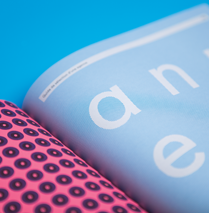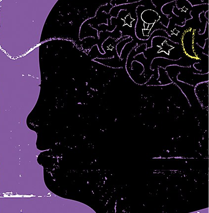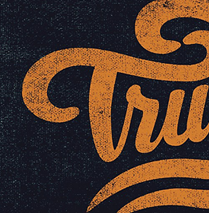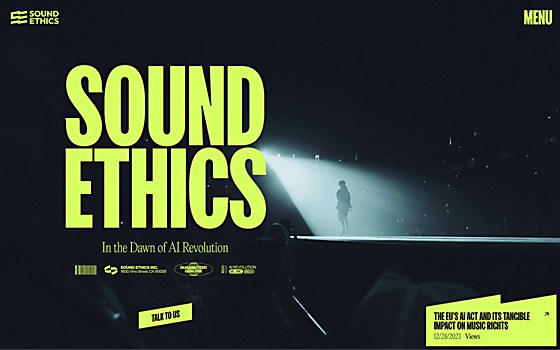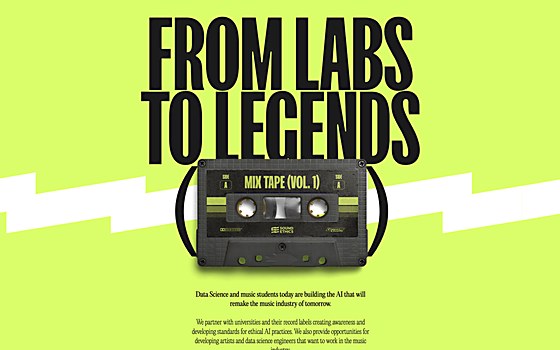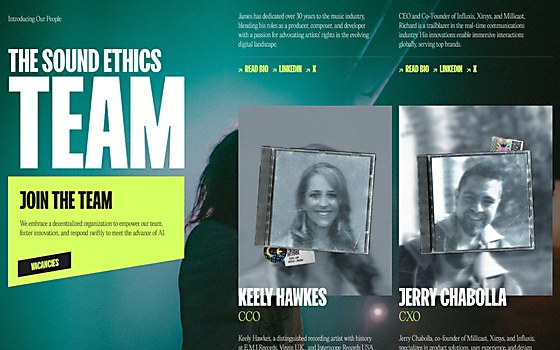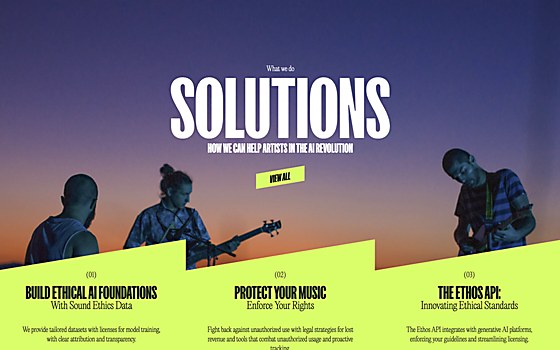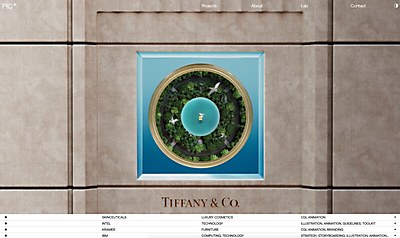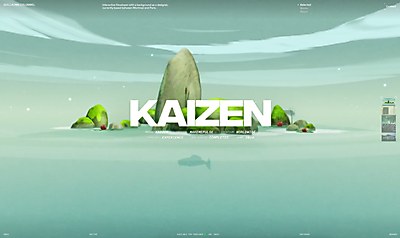Responses by Jason Harvey, design director and web developer, Somefolk.
Background: At the dawning of the AI revolution, the question of ethics in its training is becoming increasingly important. With technology that can now replicate someone’s voice, the question in the music industry becomes how do we protect the rights of the original artists. That’s the mission that Sound Ethics is on.
The team works hard to not only raise awareness but also to pioneer frameworks that support and protect the rights of music artists in the next phase of technology. As such, the site had a wide net of target audiences, from those with a general interest in AI to music artists to educational institutions and legal experts. Sound Ethics needed a design system that was flexible enough to appeal to various audiences but striking enough to leave an equally strong impact on the different demographics.
Design core: When the Sound Ethics team approached us for a new brand identity and website, they made it clear that they’re not trying to resist the development of AI. This wasn’t a project or brand rooted in negativity or resistance. Sound Ethics embraces the technology, so long as it champions the artists. With that in mind, it was important that the brand be equally focused on the joy of music rather than feeling too digital, futuristic and tech-driven. We achieved this in a number of ways, primarily taking inspiration and visual cues from the music industry’s more “physical” past—CD stickers, mixtapes, vinyl records and barcodes. Utilizing those visual messages and combining them with imagery that celebrates artists of all levels and genres, we created a foundation that felt human and real. Having that solid base meant that we could then build in more subtle touches that represent music’s digital future, through elements like the pixelated page transitions, variable typeface animations and sharp angular shapes.
Challenges: While AI is a topic that seems to be mentioned incredibly frequently and a technology increasingly embedded in daily life, the issues around ethical AI development are much less discussed. Unsurprisingly, those issues are also much less glamorous and exciting to talk about for the average person. Since this project involved both brand and digital elements, when we first engaged with the Sound Ethics team, it was a blank page from a visual perspective. They had a lot of content and an important mission buried within, but the cause wasn’t something that would be engaged with by a large number of the general public. The challenge was to create a brand and a design system that presented the content in an engaging, exciting way so that it got the attention it deserved.
Aside from the brand identity itself, this challenge was most prominent on the site’s homepage, as that was the landing point for most new users and often their first interaction with the brand. We wanted to use the homepage as a storytelling device that introduced AI and music ethics and educated the user on the importance of protecting authenticity without it feeling overwhelming or reading like a blog post. We did this in several ways, particularly by using bold typography and striking visual assets, alongside moments of playful interaction (like the 3-D spinning vinyl) that add character and personality—two aspects of authentic music that can’t be replicated with AI.
Technology: This site was built with Webflow, including the majority of the page structures, animations/interactions and the CMS. We also made use of the GSAP library, Lenis for scroll hijacking and Lottie.js for SVG animations such as the logo loop and angular shapes.



